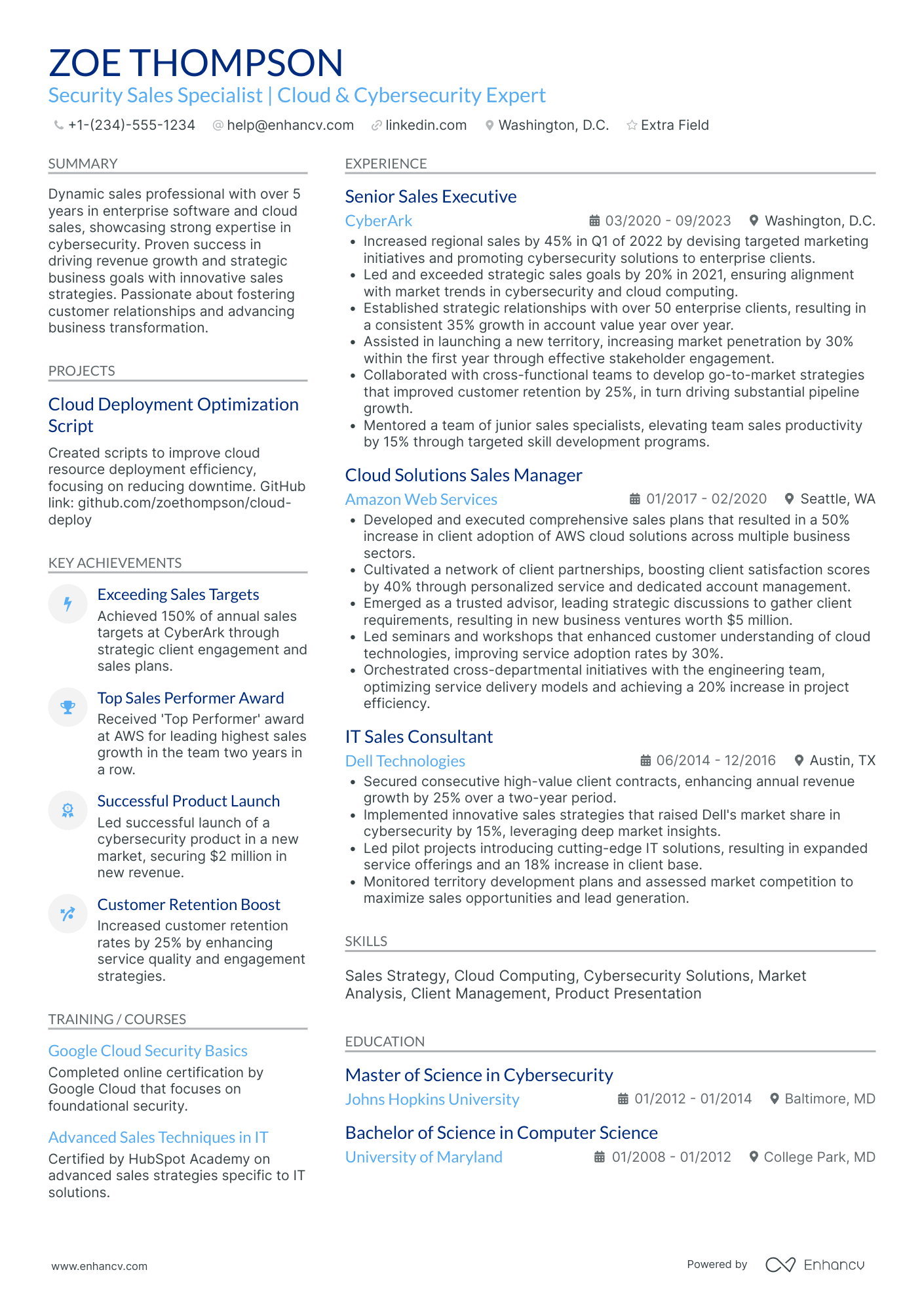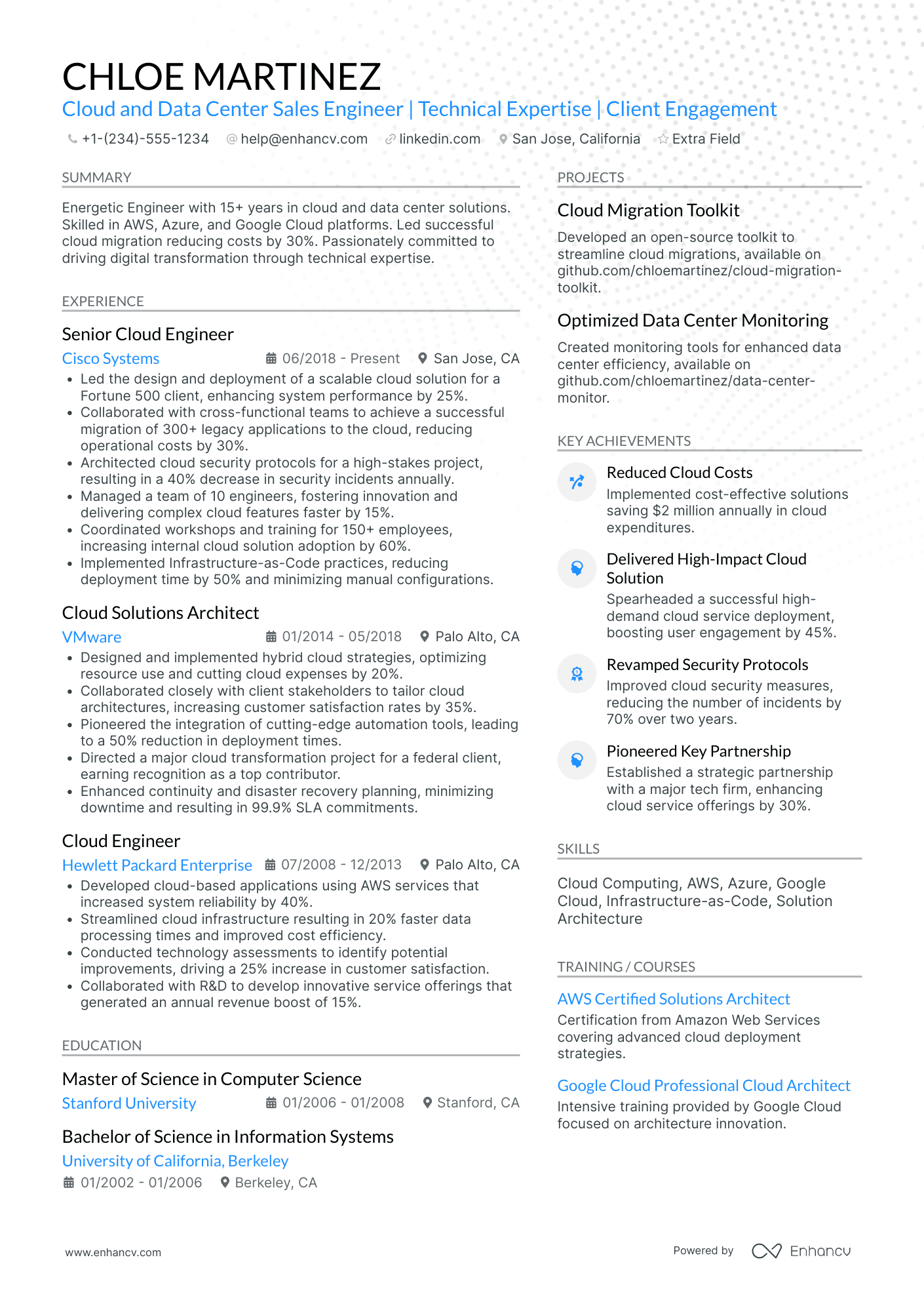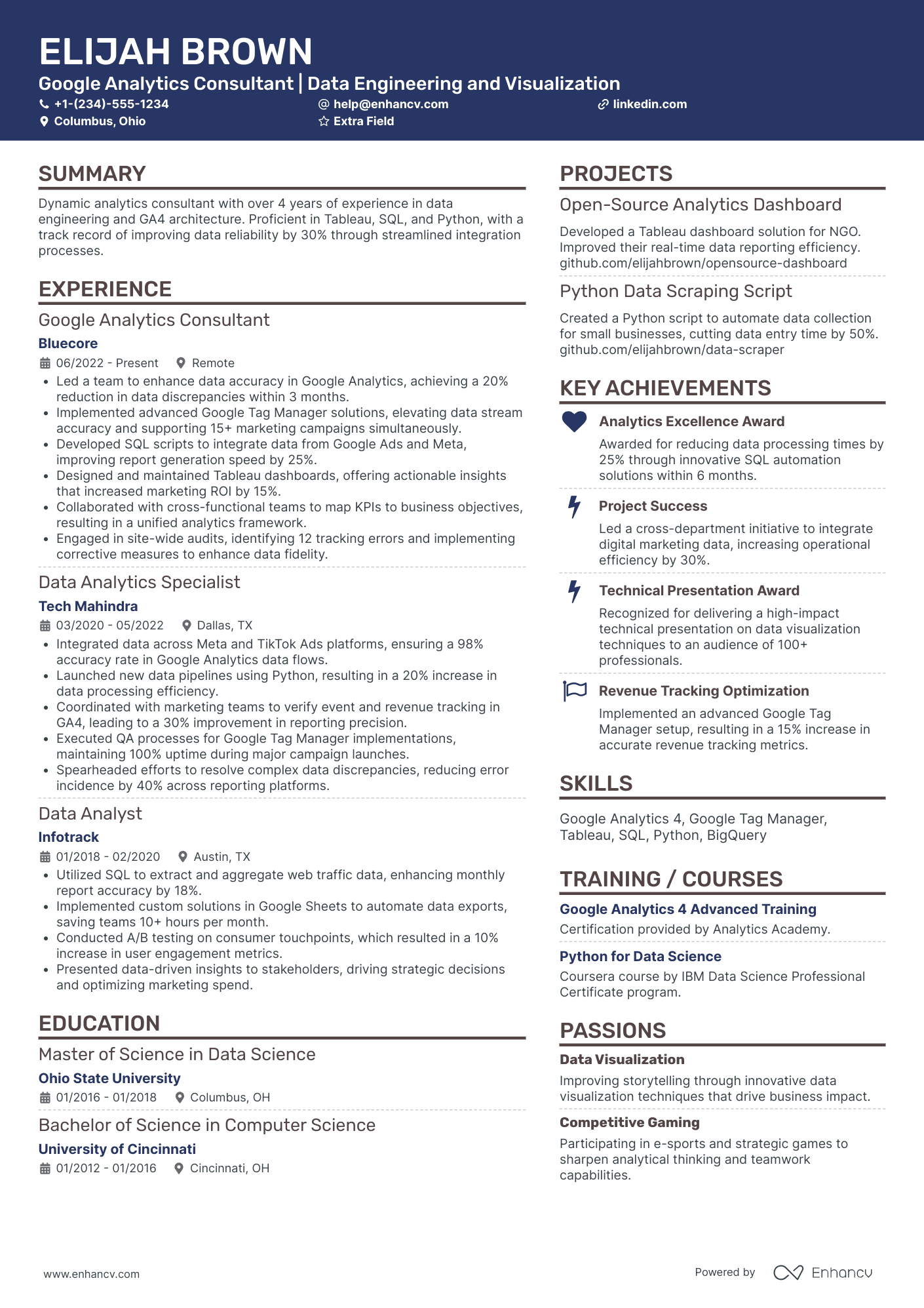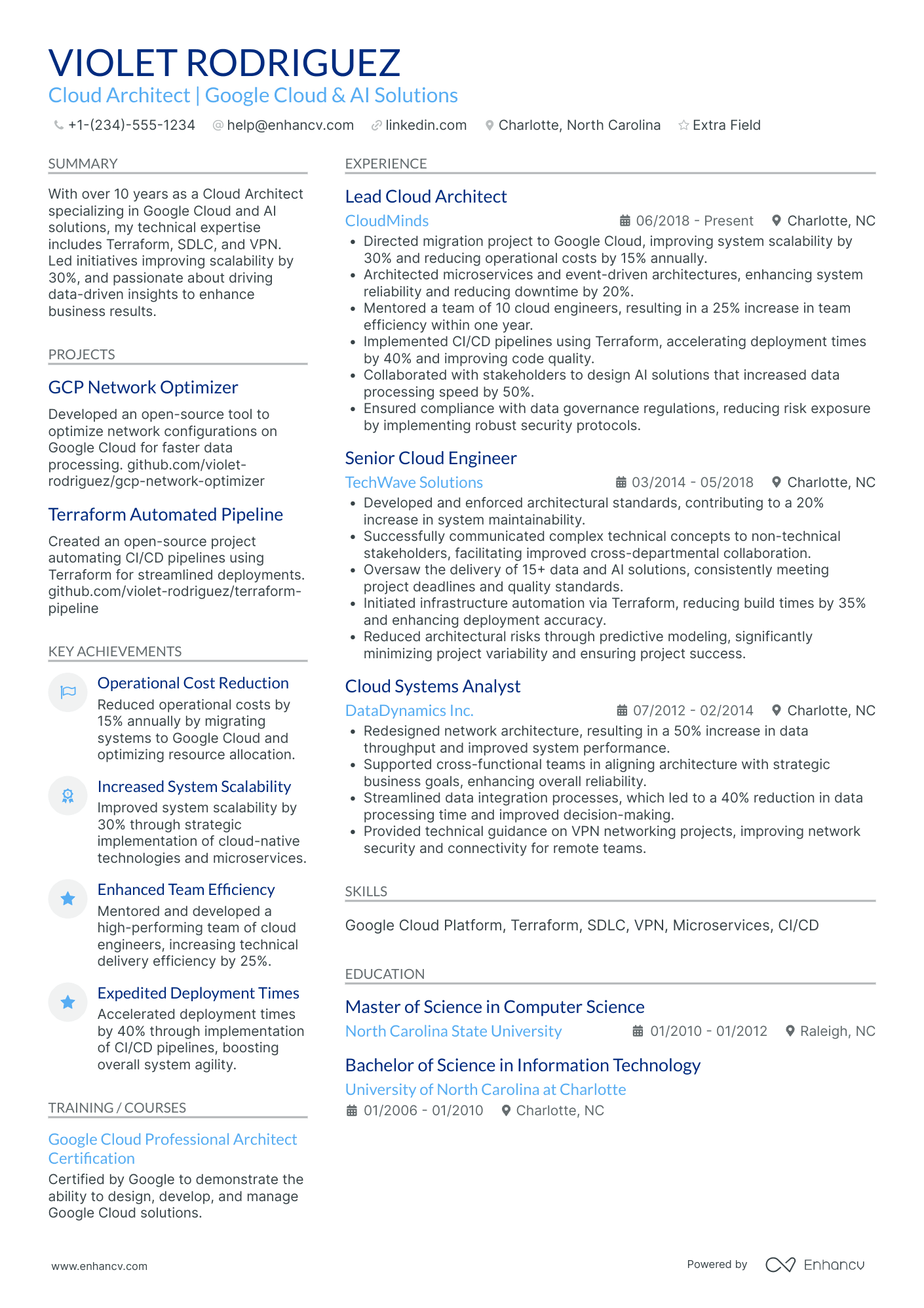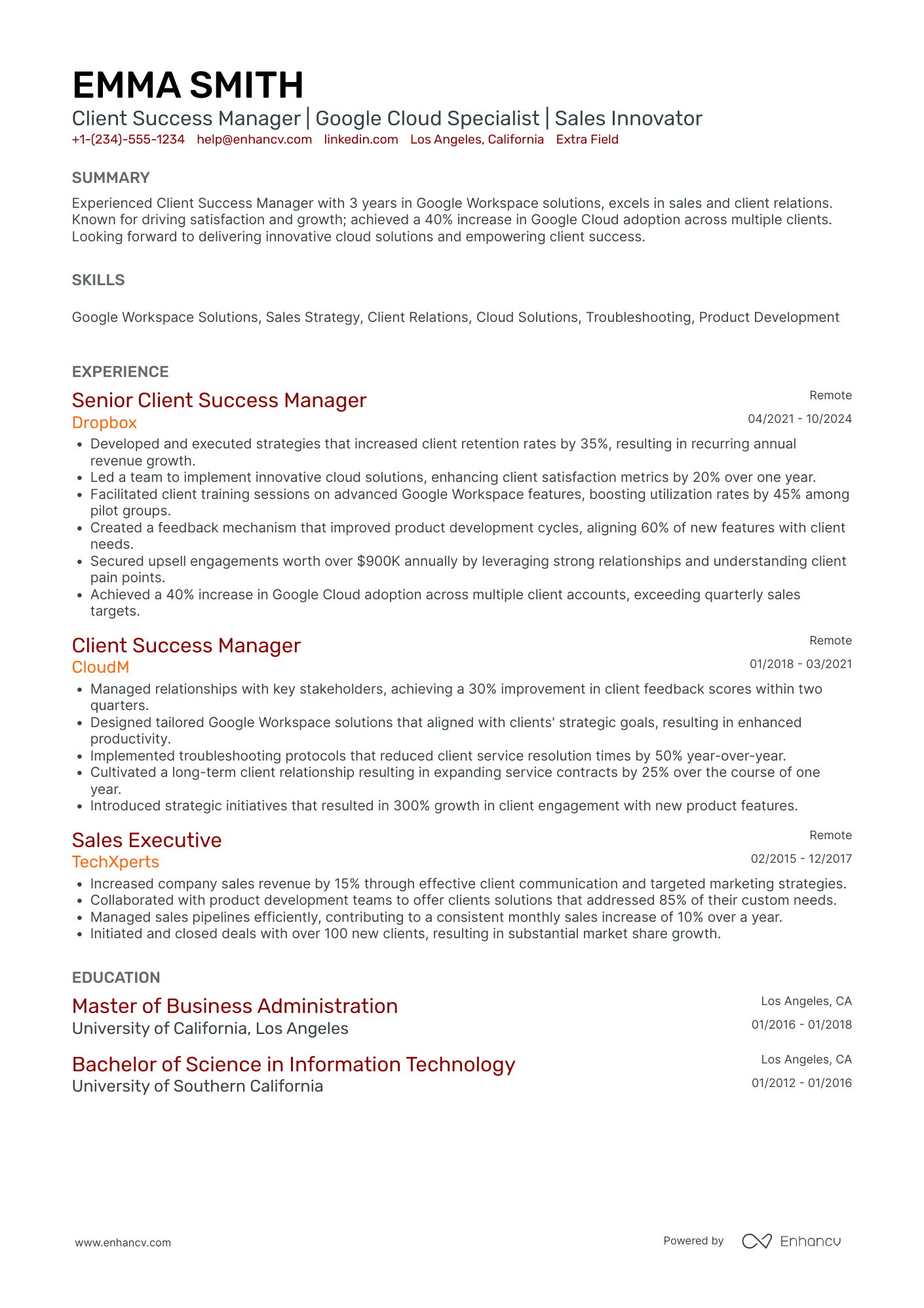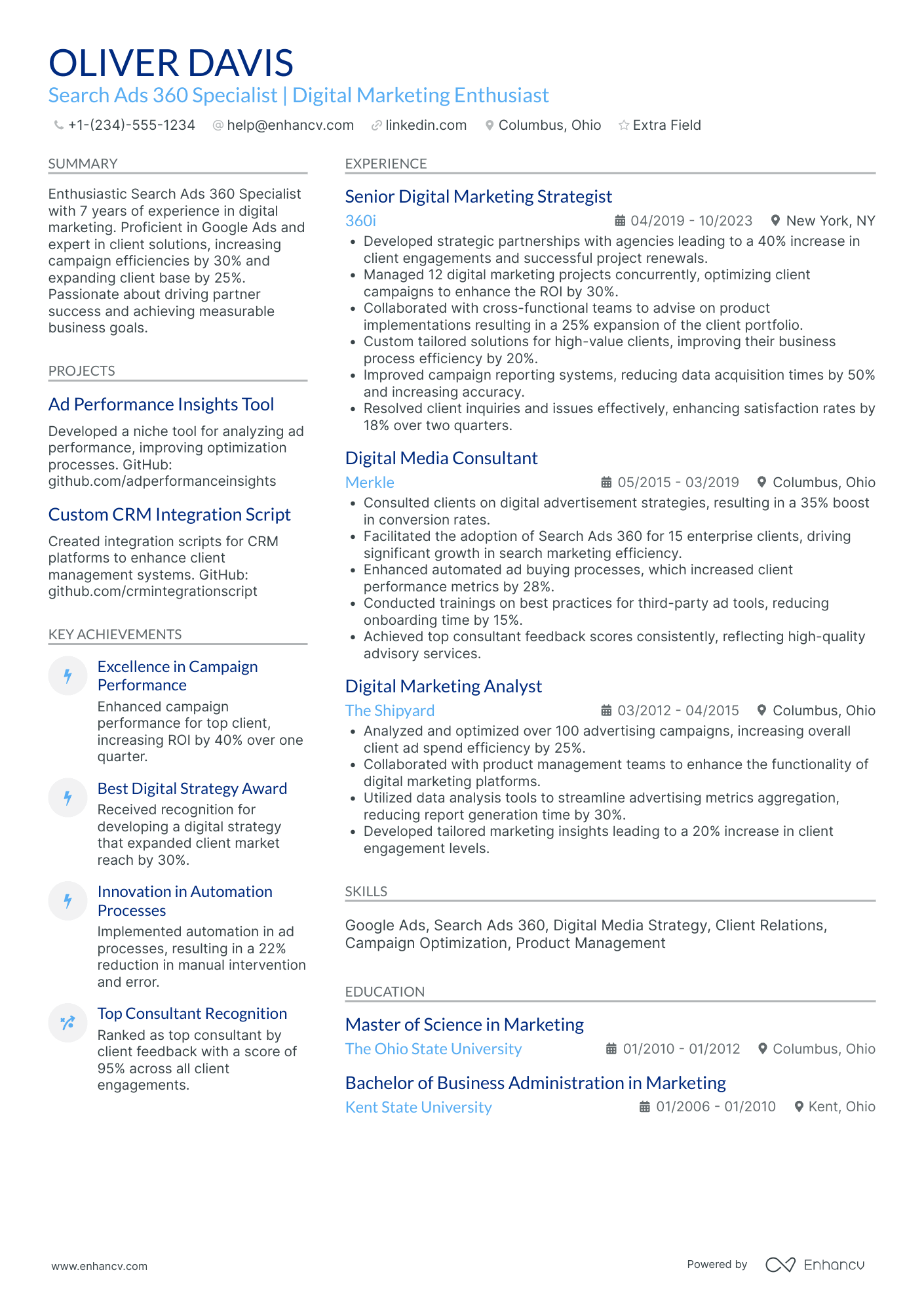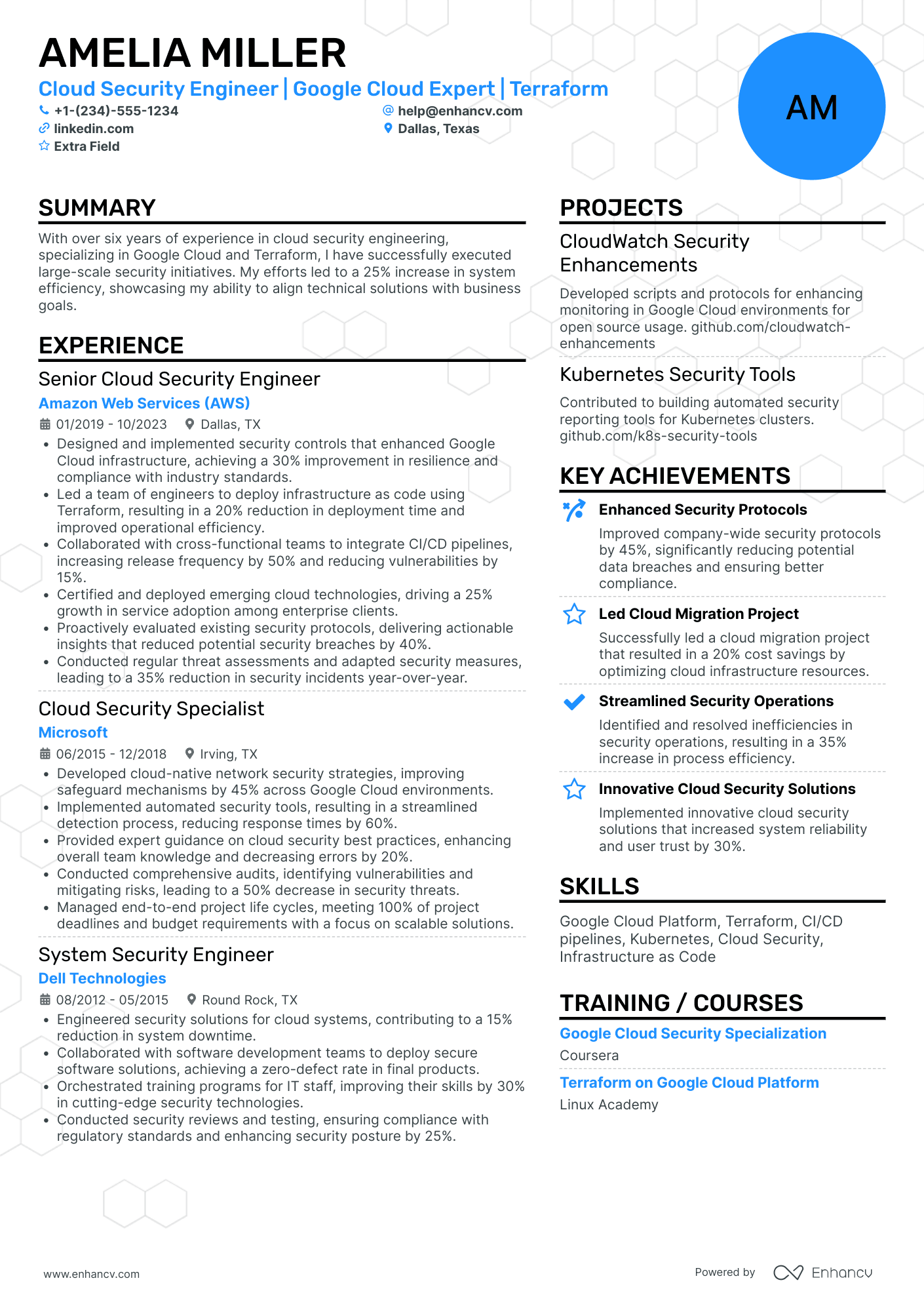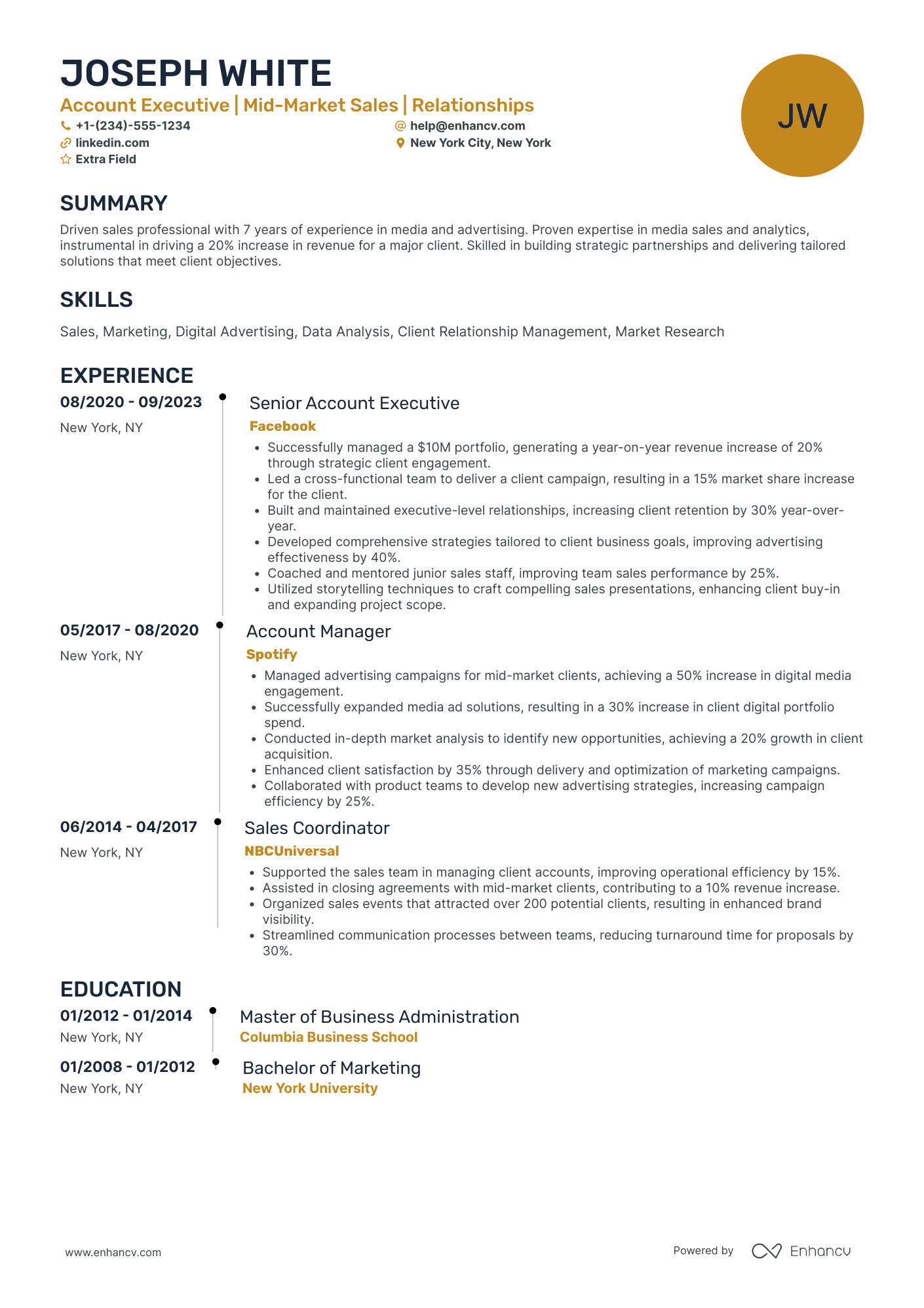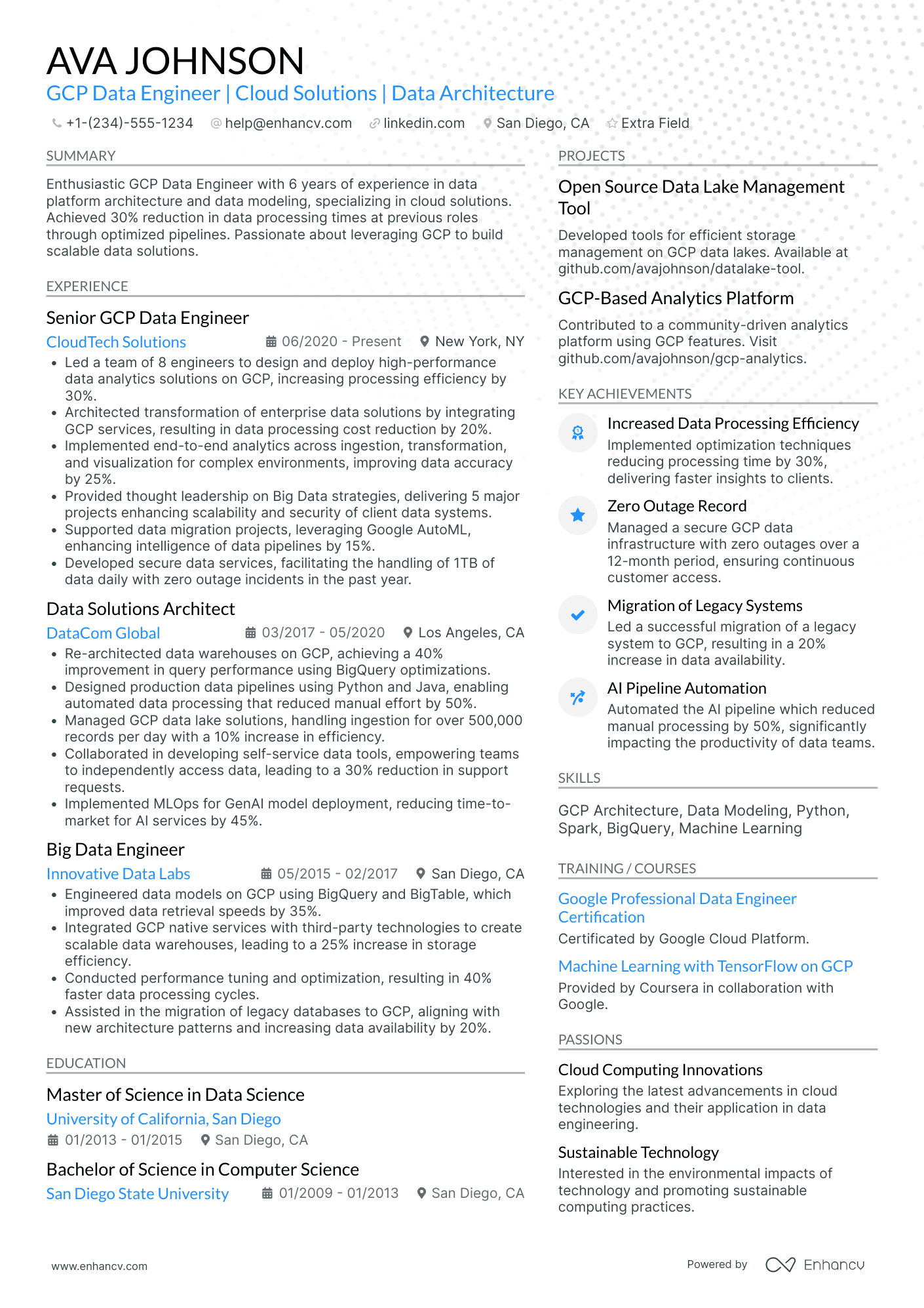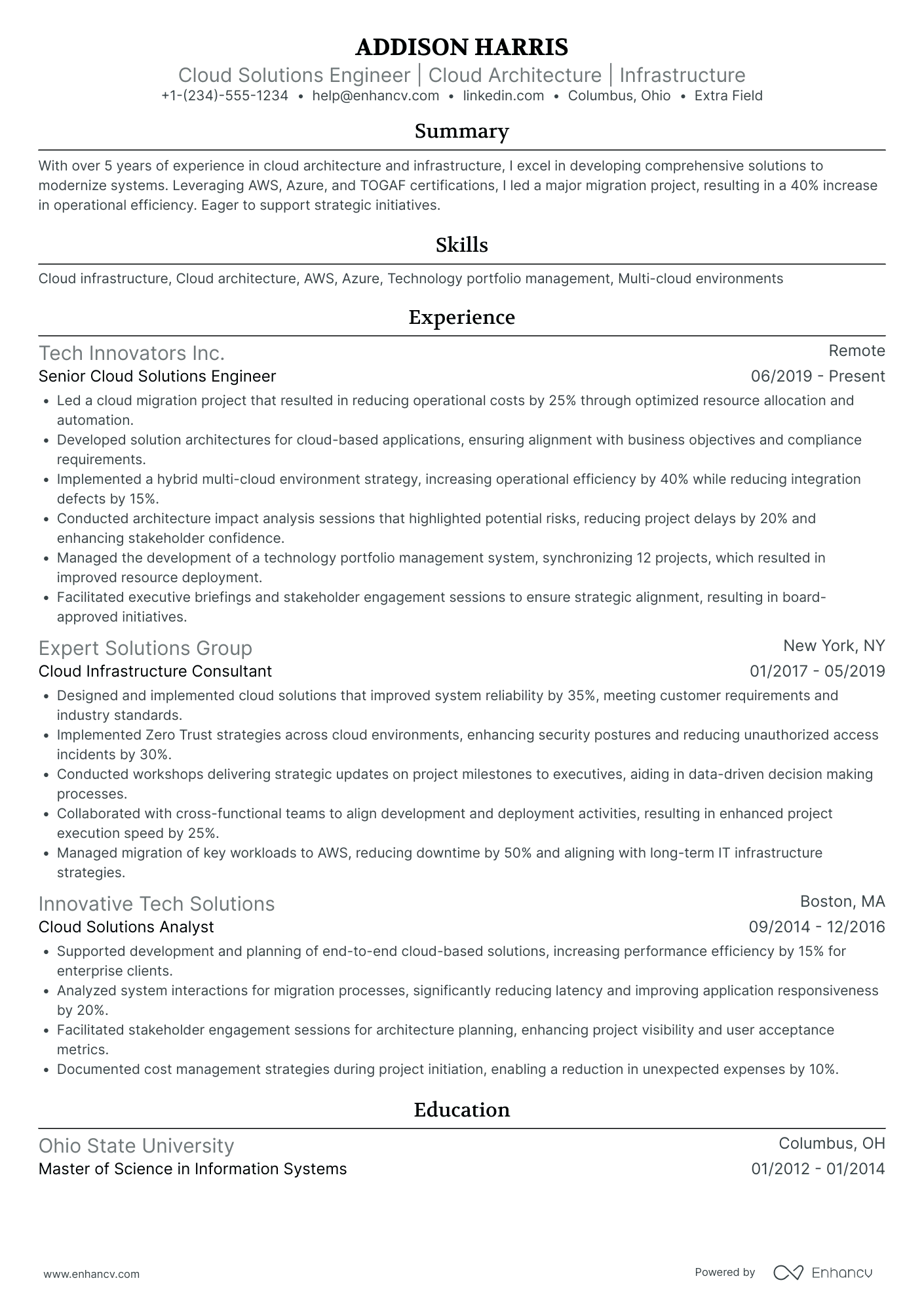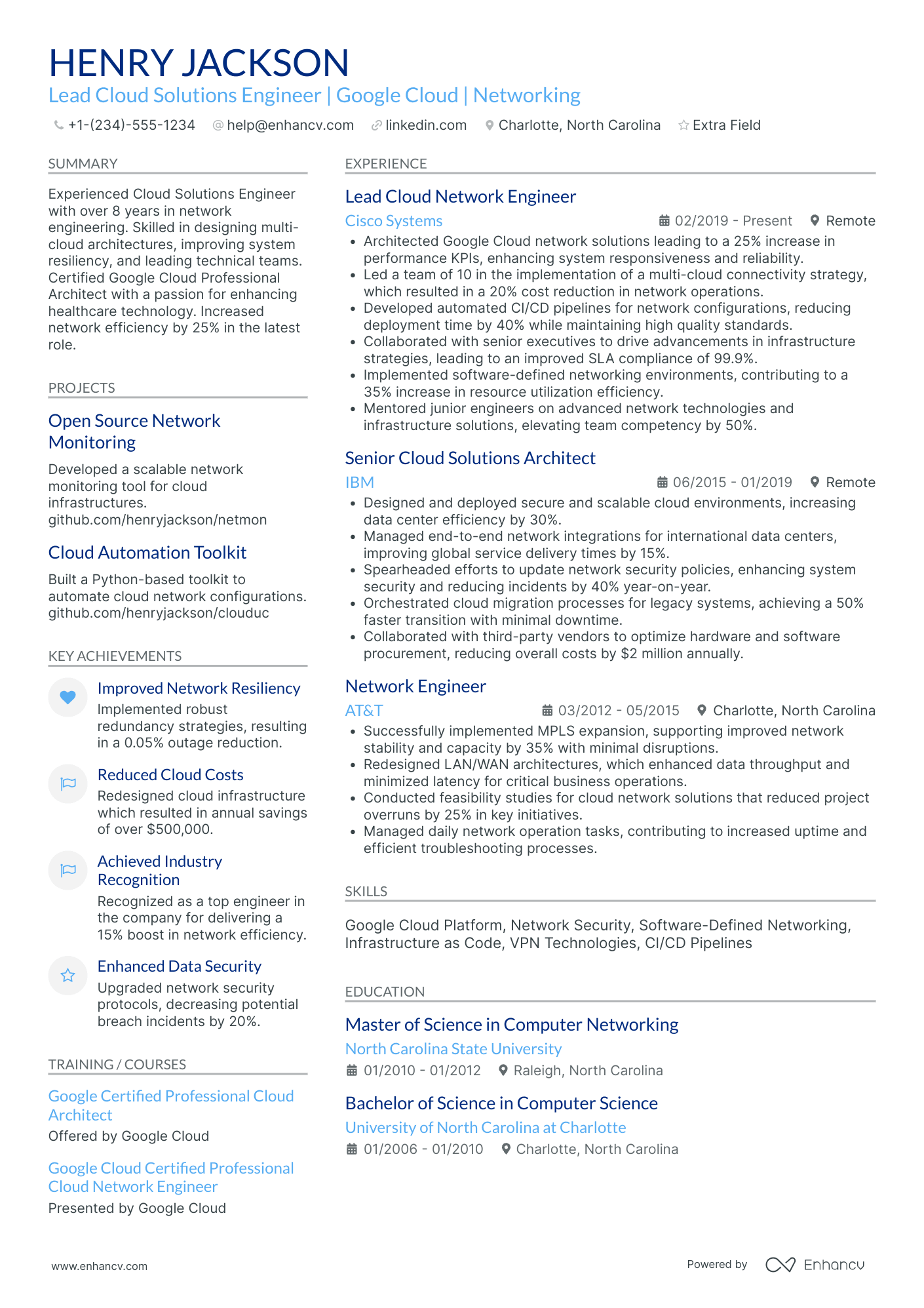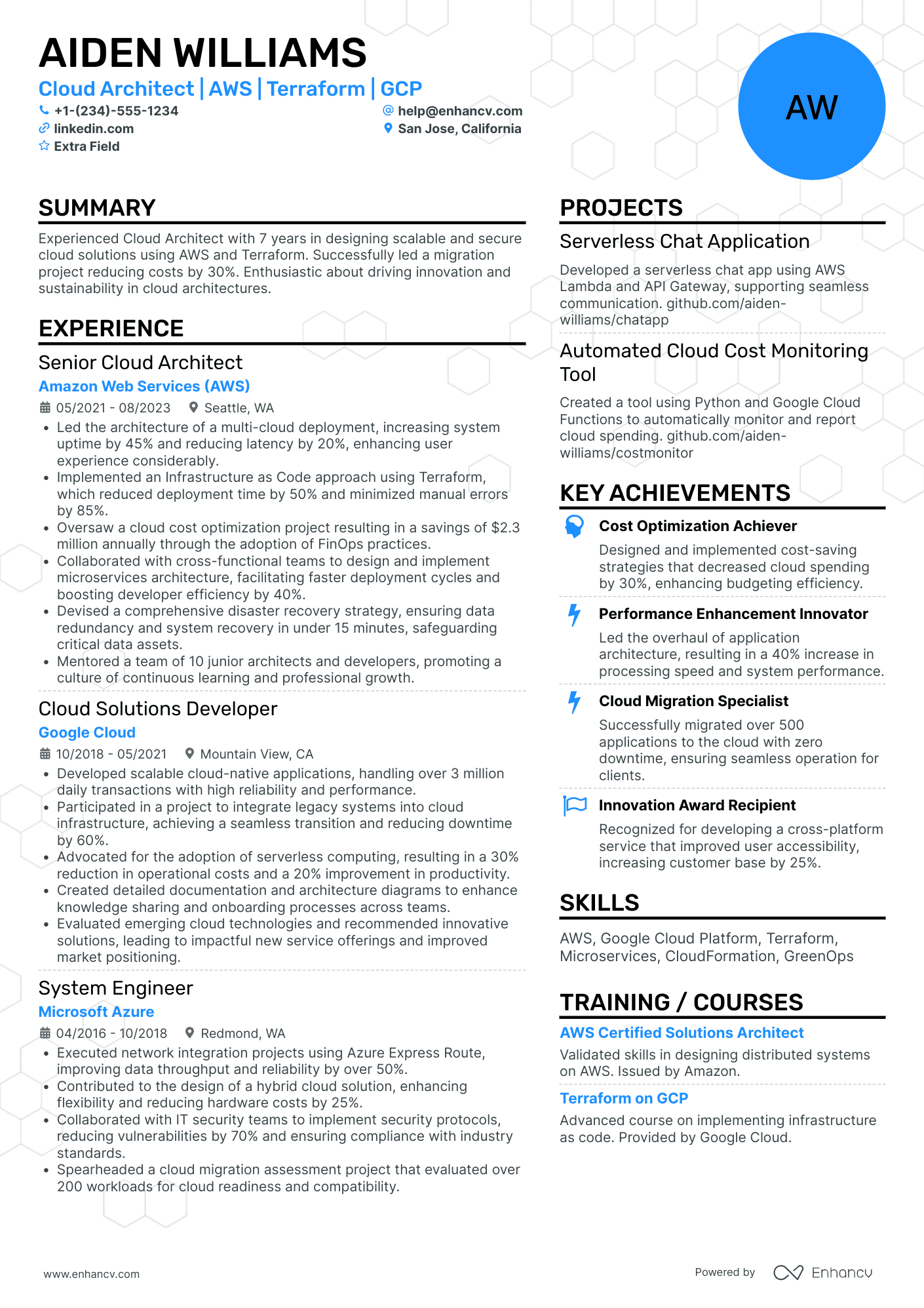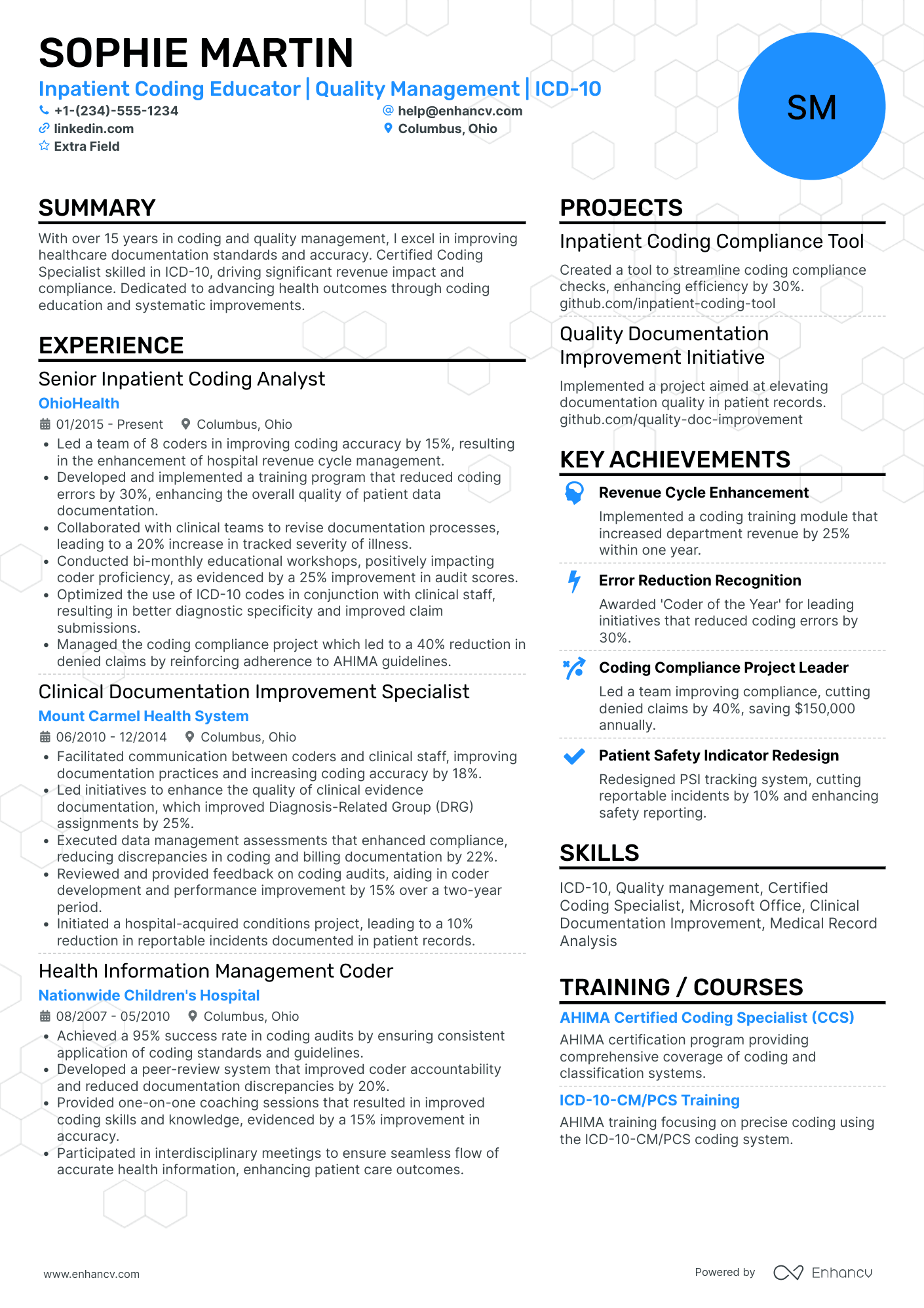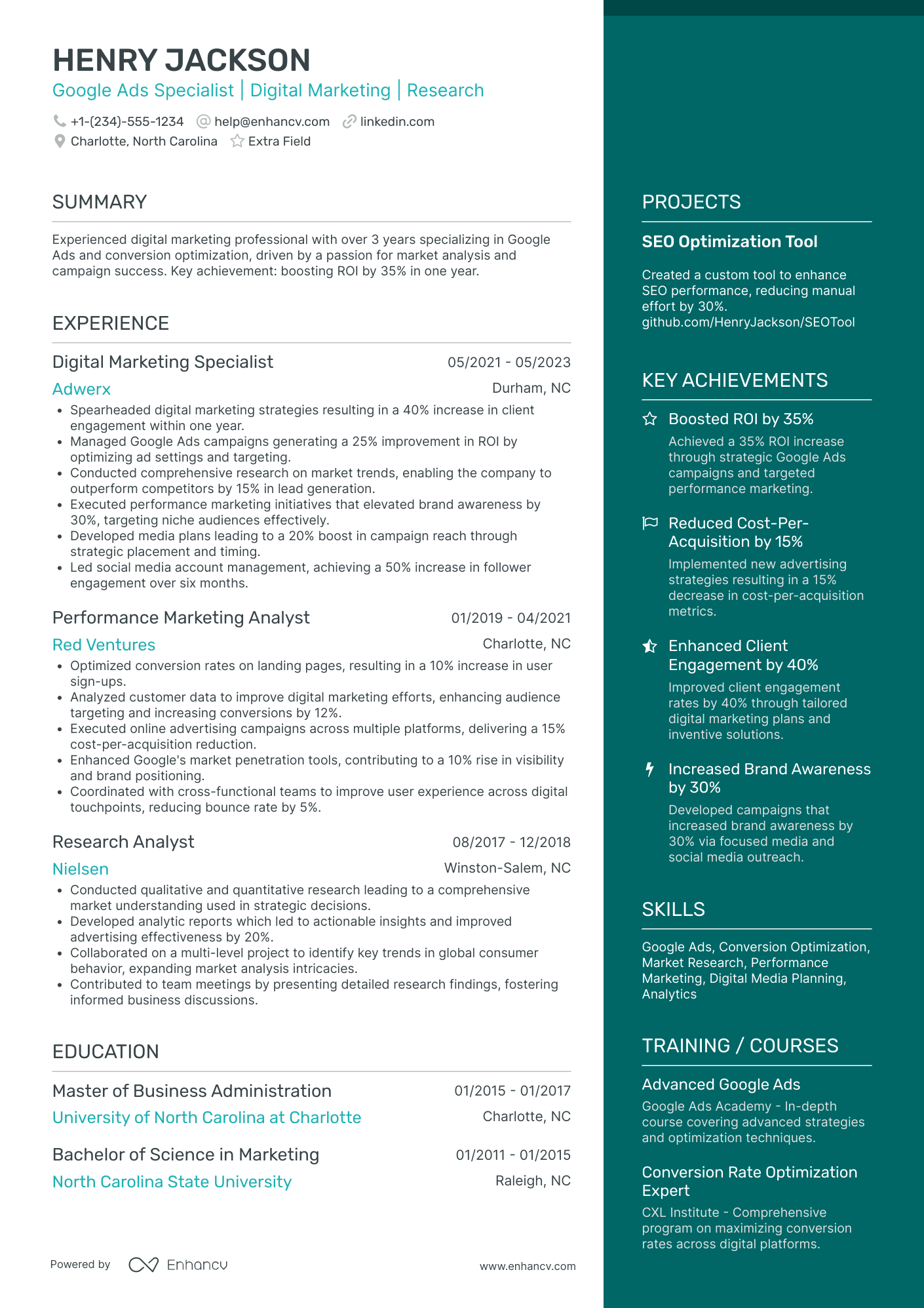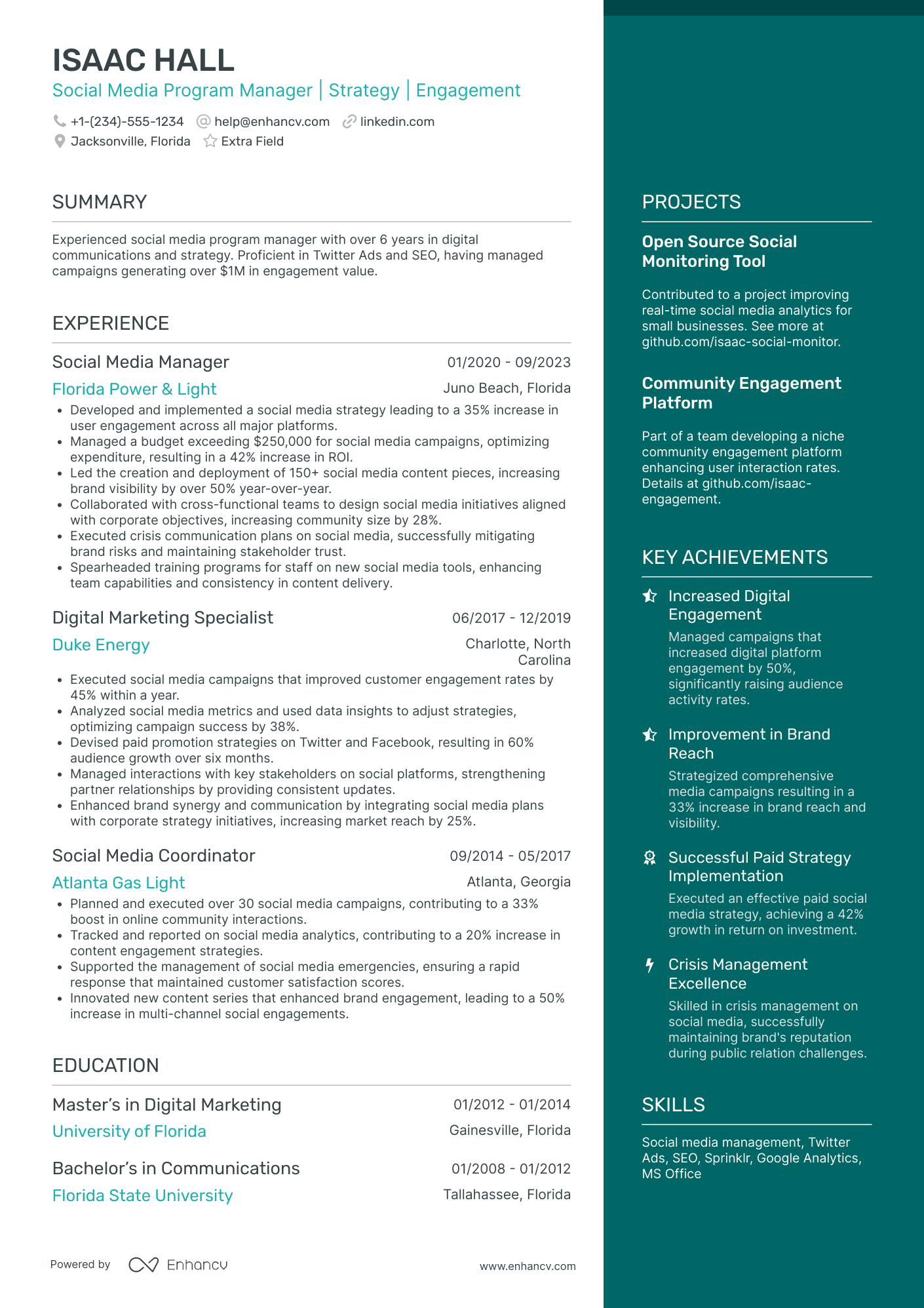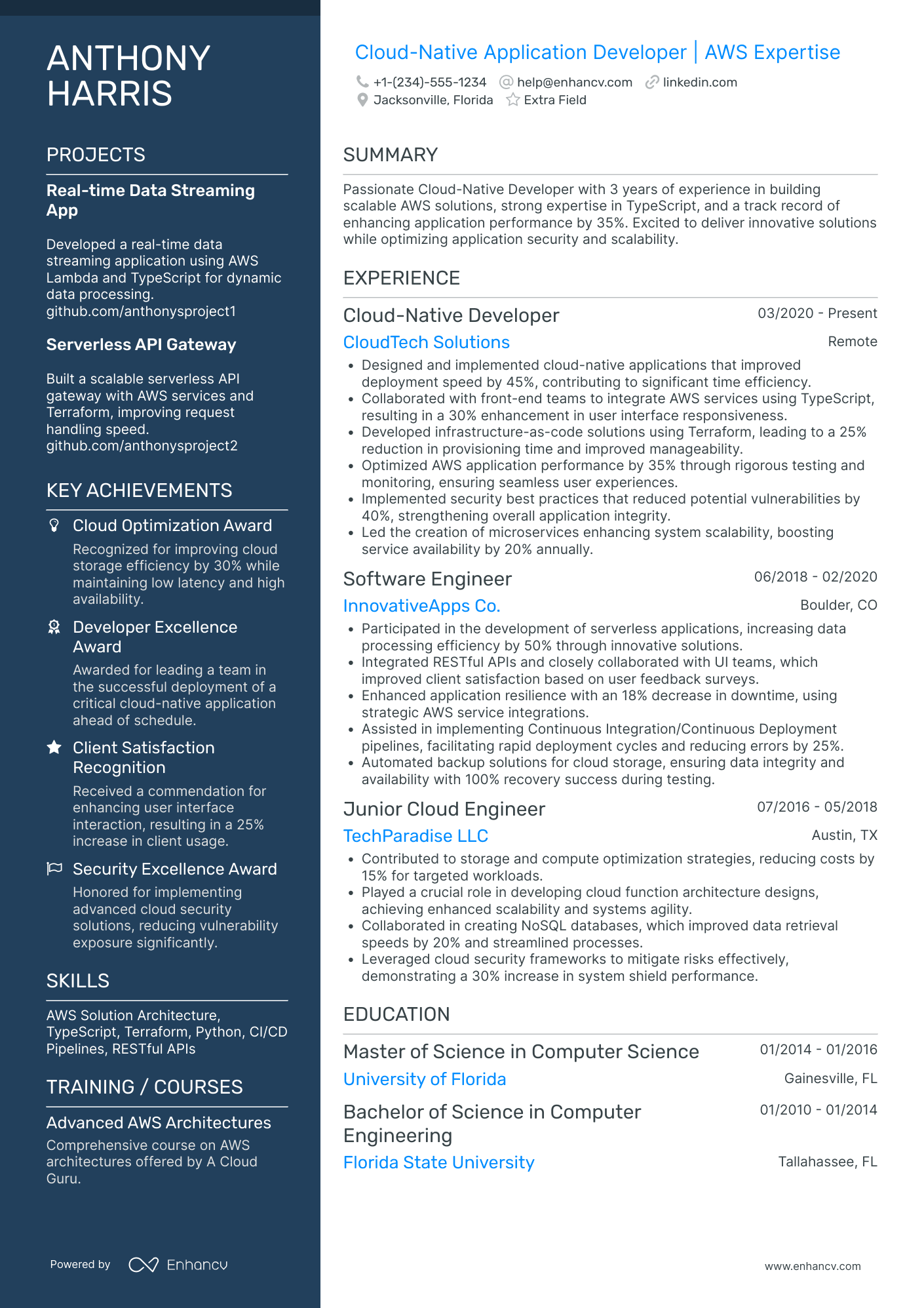Very few could predict the growth scale of Google twenty years ago. Let alone the tech giant’s popularity as one of the world’s top employers.
But how does one become a Googler?
For many, Google’s recruitment process is shrouded in mystery. Actually, the tech giant’s approach to onboarding new people reflects their motto:
"Our mission is to organize the world’s information and make it universally accessible and useful."
As such, although the hiring process is rigorous, many steps are taken along the way to make sure you’re heard. That you have a chance at the role you’ve applied for.
All you have to do is:
- A comprehensive research about the company
- Prepare a stellar Google resume
- Practice for the interviews
Yes, interviews. There will be several, and often on the same day.
Sounds scary, doesn’t it?
Worry not, we’re here to help!
Keep on reading to find out how to build your resume and set yourself up for success.
Our in-depth guide will give you actionable tips on
- What Google’s recruiters are searching for in a candidate
- How long should your resume be and do you need a cover letter to supplement it
- How write your resume, depending on the position you’re aiming for
- Resume formatting rules Google hiring managers request you abide by
- What you should include in the header of your resume
- What formula to use when describing your work history and related experience
- How to design the talent section and balance your soft and hard skills
- What to do after you submit your Google resume to make yourself stand out
Looking for related resumes?
How to create the perfect Google resume
"The No. 1 thing you want to be thinking about is to tell your story — not just your work experience, but also what you’ve learned and the accomplishments you’re most proud of."
Everyone has a story to tell. But what makes it set itself apart is how you frame it.
Why?
Because merely listing your achievements and awards won’t do.
Recruiters want to see what motivates you. What drives you to move forward. Your passions.
A story that sums up how you’ve overcome professional, and life challenges is far more compelling.
Google is committed to being an equal opportunity workplace. So, don’t hold yourself back because of who you are or past criminal mistakes.
Nobody’s life is picture-perfect. And you shouldn't strive for it to be. As long as you have the drive and prepare well, the opportunity is there for you to take.
Now, how does one even begin preparing for a job at Google?
Well, we suggest you start with the company’s career search tool. From there, you can filter through the jobs by:
- Location
- Skills and qualifications
- Degree
- Job types
- Organizations
No matter how you choose to do your search, remember to opt for positions you’re passionate about.
Also, while you can create a big list of your desired roles, you can only apply for 3 jobs every 30 days.
When it comes to the resume format, most common layouts are valid. Make sure it plays to your strengths.
Google recruiters prefer the reverse-chronological format. Don’t worry if you’re a college grad or don’t have much experience, the company gives some leeway.
What does this mean?
It means you can keep the traditional format, but you can switch up the resume sections. Apart from the header, that is.
This allows you to keep it professional. And impress recruiters with your best achievements.
If you’re more experienced, begin your resume as usual. Start with your most recent and relevant experience first.
Don’t go back more than a decade, unless it’s absolutely necessary. After all, you're not writing a novel.
But how long can your resume be?
Well, Google suggests that it shouldn't be longer than a page, if you're applying for a business role.
How about technical and engineering specialists? You can stretch your resume to two pages.
Just remember, Google hiring managers want brevity and impact. Don't overdo it!
And if you’re applying for several positions, tailor each resume to the specific role. One cookie-cutter resume won’t do.
If you’re a recent grad, or you expect to graduate soon, begin with your academic accomplishments.
Keep the fonts and sizing consistent throughout the resume. In terms of color scheme, black or dark readable ink is preferable.
You’ll find more information on Google’s formatting preferences throughout this article.
With all this in mind, which sections should feature on your resume?
Top resume sections to have on your Google resume:
- A header to detail your name, job title, and contact information
- An experience section to flaunt your professional wins
- A leadership and awards box to show that the quality of your work is outstanding
- A skills part to display the extent of your social and technical abilities
- Other sections to include to make your resume even better
What about the resume summary? It’s optional. Some resumes would be as strong without a summary. It all depends on your circumstances.
We’ll get to that later on in this guide.
For now, let’s focus on what to take into account before you start your journey.
Google places an emphasis on doing thorough research. This also includes doing some introspective thinking.
Why?
Remember, brevity and impact.
To do that, you have to be able to concisely convey your story.
But how do you do it?
Consider the questions in the table below:
What to keep in mind when writing your Google resume:
- What was your role in each work situation you’ve been so far?
- How did you contribute to the team and the project?
- What were your greatest achievements for each project you’ve been involved with?
- Do you thrive better as an individual contributor or as part of a team?
- What was the biggest challenge you’ve faced in your life? How did you overcome it?
- Think about the biggest mistake in your professional life. What did you learn from it?
- How do you measure success? How do you set up your projects for success?
- From all the projects you’ve done so far, which one is your favorite? Why?
- What was the most fulfilling job you’ve ever had? Why?
- How do you balance trade-offs in your work?
- What's your favorite product? Why?
- What is the one thing you look for when recruiting team members for your projects?
- How do you prioritize tasks and projects?
- Is there a team you love working with? Why? How is it different from other teams you’ve worked with?
Think of this as an exercise in finding your calling in life.
Then, once you’ve checked everything is correct and there are no typos, save your resume as a PDF file.
A good rule of thumb is to follow up with the hiring manager on LinkedIn. Thank them for their consideration and share why this job is important to you.
Afterwards, get ready for the interview process. This includes:
- Online assessments
- Short virtual chats
- Project work
- In-depth interviews
How to format the header section of your Google resume
This part of the resume isn’t difficult to fill out. But it’s the first one hiring managers see when they look at your resume.
What’s so special about it?
Nobody likes typos and missing information. Especially recruiters.
That’s why you need to ensure that all your contact information is in the resume header. And your portfolio links are working.
List your:
- Name
- Address
- Email address
- Phone number
- Relevant social media profile
- Online portfolio
Take a look at the samples below:
2 Google Resume Header Examples
The layout of a resume can differ by region – Canadian resumes may use a distinct format.
This one looks okay. But it could be much better.
How?
The details here are incomplete. For starters, Travone’s job title isn’t very descriptive. There are various types of engineers. He needs to be more specific.
Naturally, when speaking about Google, it’s safe to assume he means software engineer. But merely listing ‘engineer’ looks sloppy.
Secondly, no phone number is included, nor the address is full.
Don’t forget to add your location, even if you’re applying for a remote position. Or your current job is one.
Think of the legal or technical repercussions, if something goes wrong. All because of non-disclosure.
But, suppose Travone is gunning for an engineering position. His LinkedIn profile, while professional, isn’t very appropriate.
Instead, reference your GitHub or Kaggle. Google technical recruiters want to see your portfolio. As well as your thinking process while you build software.
Google values contributions to the open source community.
Another thing to keep in mind is your programming languages. List them in the header and opposite to your contact details.
You don’t need to go into detail about them yet. But you need to be comfortable interviewing them later.
Here is what a better version of Travone’s header box would look like:
Do you need a summary or an objective on your Google resume?
Actually, you can do without it in most cases. If you’re a seasoned specialist in your field, you can skip the summary part.
What is this?
Depending on your circumstances, your resume will have either an objective or a summary.
Summaries are used by professionals with extensive experience in their respective field.
By contrast, resume objectives are reserved for college grads and individuals changing their careers.
The main difference is that summaries focus on experiences. While objectives emphasize motivation and relevant skills.
So, if you still wish to include one, keep the summary relevant to the job.
This can become one of your resume’s greatest assets. So, don’t recount facts and details you’ve already highlighted in other sections.
The summary allows you to show that bit of enthusiasm the company expects from a future Googler.
Here is what it may look like:
Optimize your resume summary and objective for ATS
Drop your resume here or choose a file.
PDF & DOCX only. Max 2MB file size.
A Google resume summary example
Notice how both the candidate and the company have been addressed.
The applicant highlights how she can be beneficial to her future employer. Yet, she also indicates where her interests and passions lie.
Need more tips on summaries and objectives? Check out our thoughts on how to compose a stellar resume summary.
How to make an impact with the experience section of your resume
You may have heard this advice before, but even Google says: look at the job ad.
The role duties described in it will give good hints at the type of person recruiters want.
Check whether the position resonates with you. Ask yourself:
- Are you passionate about the job?
- Do you have relevant skills or experience?
- What can you bring into the role?
If you’re applying for a technical position, show how you’re involved with your community. Any participation in the following will make you stand out:
- Mobile app projects
- Web development work
- Hackathon and competitions awards
- Contributions to the open source community
What about recent grads?
Former Global Head of Recruiting at Google had this to say:
"For recent college graduates, Castle suggests that job applicants highlight recent academic research, tutoring, student group or class project experiences. More seasoned candidates, he adds, should use metrics and concise examples to show the impact of their work."
Brendan Castle, former Global Head of Recruiting at Google
With this in mind, Google says data is all you need to provide context for your work. Avoid explaining your duties and responsibilities. Instead, share achievements.
Why?
"Here at Google, we’re always looking at data. So when you tell us about something you’ve accomplished, try to include data that shows the impact you made and how it ties to the role you want."
The company suggests using their XYZ method.
What is it?
This is a way to measure the impact of your work. XYZ stands for the following sentence template:
** “Accomplished [X] as measured by [Y], by doing [Z].”**
For example:
“Boosted employee satisfaction rates by 45% by introducing a 3-day mental health leave program at the office.
Always begin your sentence with an action word. These make your accomplishments pop even more.
They bring the impact of your actions to the forefront and keep things short.
Yet, take into account the amount of space the experience section takes. Since this part should take the bulk of your resume, there are few rules you need to follow:
- Streamline your bullet points. If they spill over onto the next line, limit the new line to 1-2 words.
- When listing the dates of your employment, use the month-year format. For instance, ‘July 2022’.
- If you’re a technical expert, bold the names of programming languages you’ve used in each project.
It may sound like too many rules are in play. But they make Google resumes readable and easily scannable.
Let’s see what this looks like in action.
4 Google resume experience examples
- •Grew client base
- •Mentored local talents
- •Won a digital marketing award
Going back to Travone’s resume. His first draft isn’t very spectacular.
Why?
Because it looks more like a list of short notes for a resume rather than the resume itself. There are a few key mistakes here:
- The most obvious one is the typo. Always proofread your resume. And once you’re done, proofread again.
- The address is incomplete. Do mention where you’re based, even if you do remote work.
- The candidate hasn’t provided any quantifiable results for his work.
What would make this experience entry stand out more? Apply all the rules we talked about.
Have a look at the example below:
- •Grew client base by 250% over three years by designing and executing over 20 marketing campaigns.
- •Mentored 250+ local talents, interested in digital and content marketing, by organizing the Marketing Youth Initiative.
- •Selected among 360 contestants as the winner of the 2022 Effective Digital Marketing Awards by leading over 7 teams.
Infinitely better, wouldn’t you agree?
It sounds good and all, we hear you say, but what about the techies?
We’ve got you!
Check out our experience samples for the Software Engineer and Business Analyst roles.
- •Increased software products revenue by 16% QoQ by designing and executing new product features, using C++.
- •Increased team productivity by 70% by streamlining the business partners’ feedback and recommendation processes.
- •Reduced vendor production costs by 53% after optimizing current software products and fixing existing issues.
- •Increased overall reports accuracy by 19% by restructuring and combining relevant data sets.
- •Boosted upsell rates by 30% YoY across all accounts by auditing and expanding current client data sets.
- •Onboarded 24 new clients in the span of 3 years by analyzing their needs and suggesting tailor-made solutions.
Which skills will impress Google hiring managers?
Google recruiters prefer to combine the following in one section:
- Skills
- Education
- Certifications
They call it the Leadership and Awards section.
What does it include?
It incorporates anything from:
- Prizes and awards
- Uni honors
- Relevant leadership positions
- Recognitions
- Scholarships
- Certificates
- Professional Licenses
And many more!
Why are they merged this way?
The company’s hiring managers want to see a well-rounded story.
You are the sum of your interests, goals, skills, experiences and failure. Each part plays an important role in how your professional life has shaped up so far.
There are many people with a relatively similar skill set. Yet, none of them will be completely alike because of different life experiences.
So, how do you go about making the skills part eye-catching?
Keep on reading to find out!
How to describe your hard skills on your Google resume
This part can either be extremely easy to do or a complete nightmare. It all depends on the position you’ve chosen to apply for.
If you’re a techie, the hard skills section should be a no-brainer. If you have skills which you haven’t mentioned as part of your work experience, add them here.
This is your chance to reference side projects and other interests you have. Remember, you’re telling both your professional and life story.
Of course, you must keep them relevant to the job. Don’t forget to link them to particular outcomes and lead with numbers. Just like in the experience section.
So, which abilities are trending for technical specialists and engineers?
Must-have technical talents for a Google software engineer:
- Software development
- Data structures
- Algorithm
- Software products launching and testing
- Software design and architecture
- Python
- Java
- C++
- SQL
- JavaScript
- Linux
- UNIX
- Data Analysis
- Machine learning
Main hard skills for a Google business intelligence analyst:
- Programming experience
- Building data infrastructure (design, architecture, data pipelines, etc.)
- Extracting large data sets
- Data science
- Advanced analytics
- Machine learning tools and methodologies
- Conceptual, logical and physical data modeling
- Experimental analysis
- Predictive modeling
- SQL
- MySQL
- BigQuery
- Tableau
- Power BI
- Looker
Don’t worry, we haven’t forgotten about non-techie experts!
Here are some of the crucial skills for marketing specialists at Google:
Key hard skills for a Google director of marketing:
- Business acumen
- Consumer electronics marketing
- People Management
- Inventory management
- Trends analysis
- Leadership skills
- Ability to facilitate and influence cross-functionality
- Strategic planning
- Ability to develop and lead marketing strategies
- Build and execute marketing initiatives in collaboration with local and global teams
- Accounting and budget allocation
- SKU prioritization
- Target setting and measurement
How to attract recruiter’s attention with your soft skills
Many consider this task to be even harder than talking about one’s technical prowess. But, if you follow Google’s XYZ formula, you can’t go wrong.
What would this look like?
Have a look at the table below:
Notice how each ability is tied to a specific outcome. This is why introspective thinking and research are important.
If you keep track of all your projects, as well as their impact, you’ll be ready in no time.
Before you list any skills on your resume:
- Review the job description again and see if you’ve ticked all the requirements
- Make a list with all the relevant skills you can offer
- Check whether you’ve failed to address any of the listed abilities on your resume
Bear in mind to balance out your soft and hard skills. Regardless of the job position you’re aiming for.
Although Google has many ML and AI specialists, none of them are robots. And you shouldn’t favor one side of your professional life more than the other.
That’s why soft skills are important to include on your resume.
Here are some of our suggestions on trending social skills for Googlers:
Most popular soft skills to list on your Google resume:
- Adaptable and flexible
- Team player
- Collaboration
- Leadership skills
- Eager to learn
- Innovative
- Creative
- Inclusive
- Personable
- Empathetic
- Open-mindedness
- Resourcefulness
- Dedicated
- Inquisitive
- Growth mindset
- Agile
- Self-driven
- Independent
- Motivated
- Proactive
- Enthusiastic
- Reliable
- Decision-making
- Problem-solving
- Detail-oriented
- Troubleshooting
- Developing solutions
- Strong work ethic
- Critical thinking
- Logical thinking
- Accuracy
- Analytical skills
- Explanation skills
- Communication skills
- Networking skills
- Negotiation skills
- Risk assessment
- Conceptualizing skills
- Ability to multitask
- Ability to work under pressure
- Ability to understand customer needs
How important is the education section of your Google resume?
If you sift through the job postings on their career site, almost each one says:
“degree in a relevant field, or equivalent practical experience”
As part of Google’s equal opportunity workplace program, you shouldn’t worry about having a traditional education.
But, if you’re a college grad, the company prefers if you list:
- All post-secondary institutions you’ve been enrolled at
- All degrees and majors you’ve studied
Start with your most recent academic accomplishments first. Use the ‘month-year’ format to specify your graduation date.
Google recruiters recommend including your cumulative GPA, if you’re a current student or a recent grad.
Also, don’t hesitate to go into more detail about your education. After all, as a recent grad, this was your professional experience.
_To outshine other candidates, find more tips on building the perfect education resume section. _
Are there any certificates that appeal to Google hiring managers?
Similar to the education part of your resume, these will depend on your circumstances. If you have relevant industry certificates, include them.
Just make sure that everything is in order and up-to-date.
Do you need to add other sections to your Google resume?
Apart from the mandatory sections, anything else would be a bonus. If you still have some space left, you can include:
- Cover letter
- Association memberships (especially if you’ve held leadership positions)
- Publications, patents, papers, conference presentations, etc.
- Outstanding or popular side projects
- Involvement in student groups or societies
Google says that cover letters are optional because they may not get considered at all. But if you choose to send one, you must tailor it to the job position.
Explain how the opportunity to work at Google aligns with your passions.
Let the recruiters get to know you. And remember to use data when referencing relevant achievements.
If you decide to include other sections, check out a Googler’s profile on LinkedIn. See how they have framed their work experience. Better yet, if they have their resume public, read it.
Key takeaways: your quickest path to a stellar career
- Carefully read the job ad before you begin writing
- Use the reverse-chronological resume format, but feel free to switch the sections up
- If you’re a techie, include the programming languages you know in the header
- If you’re a recent grad, build a strong resume objective to pitch your talents
- When describing your work experience, used the XYZ method to make an impact
- Once you have your first draft, proofread for typos and formatting errors
- Don’t forget to follow up with the hiring manager after you’ve submitted your resume
Google resume examples
By Experience
By Role
